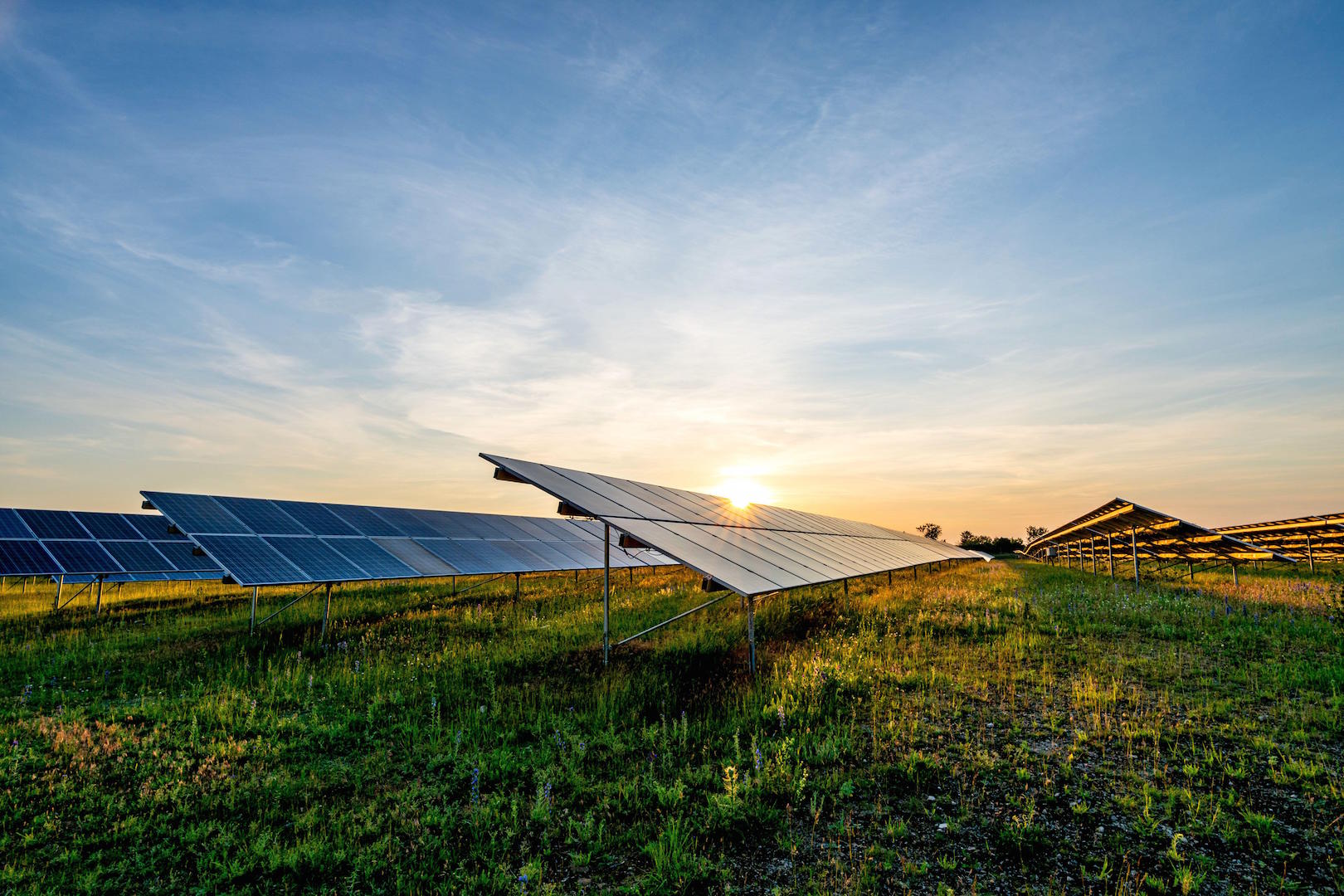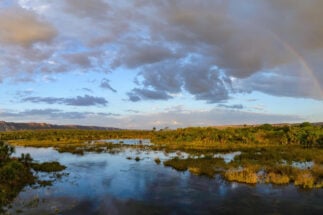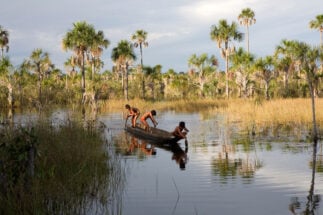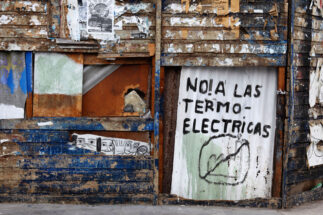In a few months’ time, farmer Sara Dal Pozzo Callegaro’s 34-hectare property in the municipality of Matelândia, western Paraná, will look very different. The milking shed for her 80 dairy cows that can yield 1,100 litres of milk per day, along with the barn that houses 21,000 chickens at a time, will soon sit alongside a photovoltaic solar plant with 85 panels.
1300%
the growth of installed solar capacity in rural Brazil in 5 years
The Callegaro family’s decision to invest R$177,000 (US$34,000) in the solar power plant is, in part, an attempt to avoid the consequences of the water crisis that Brazil is suffering. The lack of seasonal rainfall has reduced reservoir levels at hydroelectric plants, which are responsible for 63.8% of the country’s energy generation.
Thermoelectric plants have bridged the supply shortfall, which, in addition to increasing CO2 emissions, has resulted in higher electricity bills since a surcharge of 52% for every 100 kWh was introduced in July. This brings with it the possibility of severe electricity rationing.
Faced with this, the family saw solar as an opportunity for economic and energy self-sufficiency. “With the energy generated by the solar plant, it’s possible to meet the demand of the poultry farm, the dairy shed and the two houses [one for the family and the other for employees],” says Callegaro.
Today, the property uses on average 6 thousand kWh per month, at a cost of around R$ 3 thousand (US$579). With the installation, bills will be zero and the inital outlay will be recovered within five years.
Even the new church in town, which is under construction, will have solar panels
Like Callegaro, thousands of rural producers are switching to solar energy in search of savings and a guaranteed energy supply. In the past five years, the installed capacity of photovoltaic systems has grown 1,300 times in rural areas, jumping from 0.58 MW to 791.32 MW (between June 2016 and June 2021).
Yet, only 13% of the installed solar power in Brazil lies in rural areas, according to 2020 data from the Brazilian Photovoltaic Solar Energy Association (Absolar).
“The market is heated, with a very high demand. And the water crisis contributes to that. The federal government’s announcement in May to raise the red flag [indicating a tariff increase] has increased demand from rural producers,” says Kleber Rissardi, partner-owner of solar energy company Esco Iguassu.
“The price of the panels is attractive and allows a return on investment in a few years. Practically all of them are Chinese, with cutting-edge technology. Regarding the photovoltaic system, what comes from China is a world reference and is contributing to the development of the sector in Brazil,” he adds.
Worldwide, the cost of utility scale solar fell 82% between 2010 and 2019, according to the International Renewable Energy Agency (IRENA), driven down by cheaper manufacturing costs in China, which accounts for around 72% of global production.

Solar panels have also become part of the landscape in Campo Verde, a mostly rural municipality in Mato Grosso state. On routine bike rides through the region’s soybean and corn fields, producer Luciane May has noticed the increased number of solar plants.
“More and more people are embracing this kind of clean energy. Many of our neighbours have already put them in. Even the new church in town, which is under construction, will have solar panels,” May says.
The installation of a 70-panel solar power plant is scheduled in August on the farm she manages with her father and two Brothers, as soon as the second annual corn harvest is complete. The system will supply the family property, two other leased areas and their three houses in the city.
“Since 2019, our electricity bill has gone up a lot because of the tariff hike. In the last year, it has more than doubled. So, doing the math, it allows us to pay for the financing of the installation and still have money left over,” May explains. “It’s a collective movement [installing photovoltaic systems] that is happening around here.”
Solar in Brazil: Economy and preservation
Besides the financial savings and the reduction of the risks of energy rationing, sustainability is one motivating factor for producers investing in photovoltaic energy.
“We already reuse water through cisterns and preserve springs on the property. Low environmental impact actions have always been on our radar. The solar power plant is one more. And because it’s clean energy, we made a point of installing it,” says Callegaro.
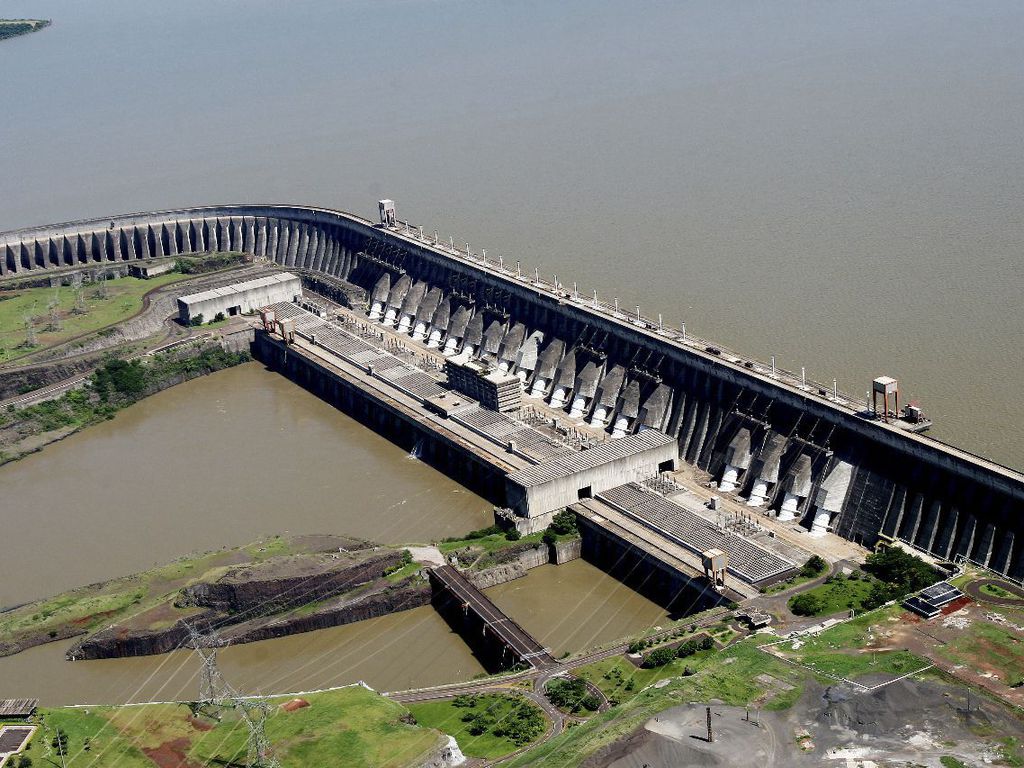
However, most farmers opting to transition to cleaner energy aren’t influenced by climate mitigation. “Without a doubt, the main reason for installing solar energy on properties is to reduce costs, especially for poultry, pork and milk producers, who consume a lot of energy. There is even a concern to preserve the environment, something common in other countries. But in Brazil this culture needs to develop further,” Rissardi says.
The water crisis and the consequent rise in electricity prices in 2021 is not an isolated episode. The increase in energy demand and climate risks, manifest in lower seasonal rainfall, have worried the electricity sector for years. Scientists also advise governments to factor-in climate change when considering the construction of hydroelectric plants that could become a kind of ‘stranded asset’.
$3.5billion
the estimated cost of Brazil's ecosystem destruction on the soy industry (US$)
A more diverse Brazilian energy matrix could reduce the pressure on the electricity system, as well as minimising environmental impacts related to hydroelectric plants, according to Rafaela Flach, an independent environmental consultant.
“It is necessary to turn that key,” says Flach. “The photovoltaic system does not require the construction of large undertakings [such as hydroelectric power plant reservoirs] and increases the producer’s autonomy. They have the freedom to manage the energy they produce. I see great potential.”
A recent study co-authored by Flach published in World Development shows that deforestation, especially of the Amazon and Cerrado, increases the temperatures and reduces local rainfall, drying out the soil and harming agribusiness. Flach and her colleagues estimated that the destruction of biomes costs the soy industry US$3.55 billion a year.
We know that the Amazon is important for the whole country, including the Southern Region, as it influences precipitation and rainfall
The Cerrado and the Amazon currently suffer from high rates of deforestation, worrying rural producers. Despite the distance of these biomes from Callegaro’s property, which falls within the ‘Legal Amazon’ in the Atlantic Forest, which has only 7% of its original coverage, her crops are still impacted.
“We know that the Amazon is important for the whole country, including the Southern Region, as it influences precipitation and rainfall. Producers are already aware of this,” says Callegaro. “There are economic and social consequences for agriculture and cattle-raising. We need to minimise these effects to mitigate the damages, before they have irreversible causes”.
Luciane May, whose property falls within the Cerrado biome, agrees: “With increased deforestation, rainfall is reduced. Producers are harmed, both in planting, with dry soil, and in harvesting, as this reduces production.”
Taxing the sun
Despite the considerable growth of this solar energy, there are obstacles for the sector in Brazil. One of them is the so-called “taxation of the sun“, a nickname given to a review of relevant laws by the National Electric Energy Agency (Aneel), which would increase tariffs for those with panels installed. It has yet to come into effect, but continues to worry supporters of the model.
Any tax levied on rural producers opting for solar energy would be tantamount to the sector shooting itself in the foot, according to Esco Iguassu’s Rissardi.
“In the coming years, the very Strong [growth] trend is set to continue. The only threat is the regulatory issue. If there is no taxation, the market will continue to grow. If it happens, it won’t make it unfeasible, but it will increase the return time of the investment,” he says.
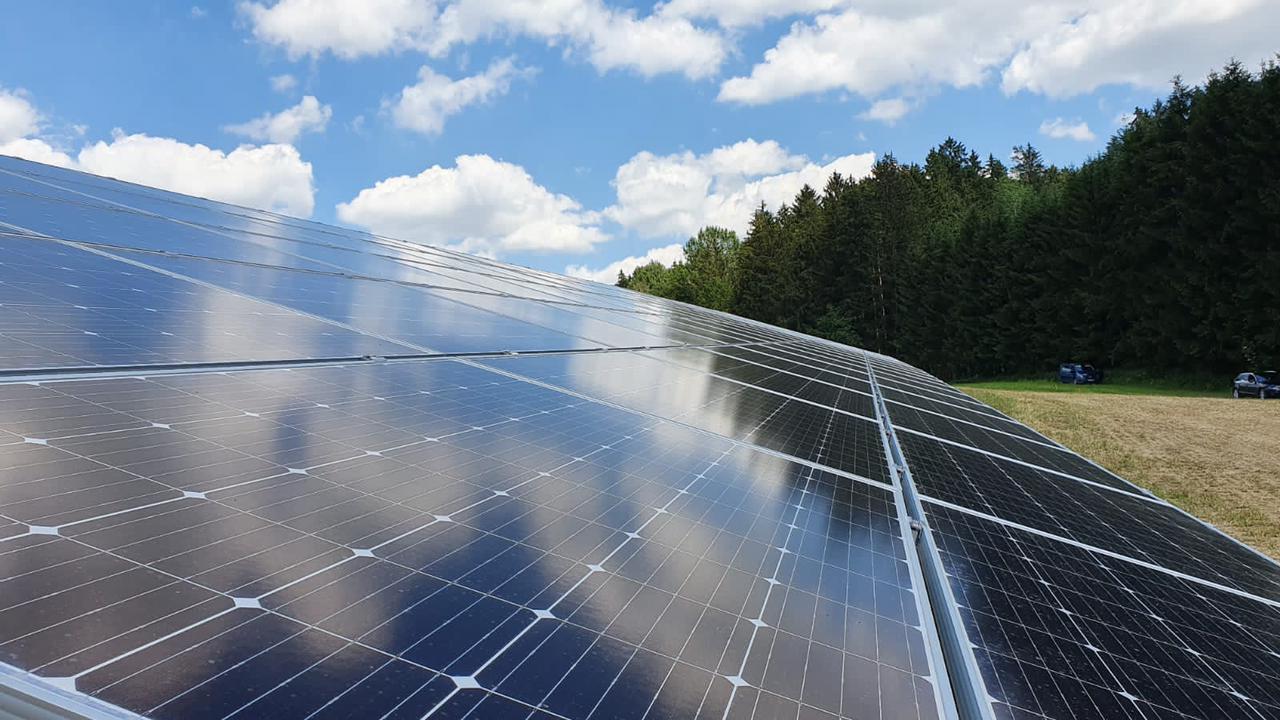
Another issue for the solar energy sector is the legal uncertainty in Brazil. Many who have invested in solar panels or plan to fear changes in the rules, according to Rissardi. “There is this uncertainty, but people know that if they invest now that because of the acquired right they are guaranteed for 30 years, which is the useful life of the equipment. Whoever invests later, if legislation changes, will have to use new rules,” he adds.
A lack of inputs for the production of solar panels has been another challenge amid the pandemic. In China, the lack of glass has delayed the delivery of panel orders. Since the beginning of the pandemic, China’s demand for glass has increased by 50%.
